
Ein moderner, praktischer Leitfaden zu einer 1.000 Jahre alten Literatursprache mit über 230 Millionen Muttersprachlern. Entdecken Sie Geschichte, Schrift, grundlegende Grammatik, Dialekte, Medien, KI-Übersetzung und einen Fahrplan, um mit Selbstvertrauen zu sprechen.

Mexikanisches Spanisch ist die am weitesten verbreitete Variante des Spanischen, reich an indigenen Einflüssen und regionaler Vielfalt. Dieser Leitfaden untersucht seine einzigartigen sprachlichen Merkmale, den historischen Hintergrund und praktische Lernstrategien für Studenten und Interessierte.

Ein praktischer, moderner Leitfaden für die deutsche Sprache – wo sie gesprochen wird, wie sie funktioniert, was man zuerst lernen sollte und wie man sie gut übersetzt/lokalisiert.

Ein klarer, praxisorientierter Leitfaden zum Spanischen – Geschichte, Schreiben und Aussprache, Grammatik, Dialekte, Lernfahrplan, zu vermeidende Fehler und die besten Werkzeuge für Studium und Lokalisierung.

Kiswahili (Swahili) ist eine der am weitesten verbreiteten Sprachen Afrikas und verbindet zig Millionen Menschen in Tansania, Kenia, Uganda, der Demokratischen Republik Kongo und darüber hinaus. Dieser Leitfaden behandelt Geschichte, Dialekte, Schrift und Aussprache, grundlegende Grammatik, Lernwege und praktische Ressourcen.

Erkundung der Schönheit und Einfachheit von Toki Pona. Ein Leitfaden zu seiner Geschichte, Verwendung und wie man diese einzigartige Plansprache lernt.
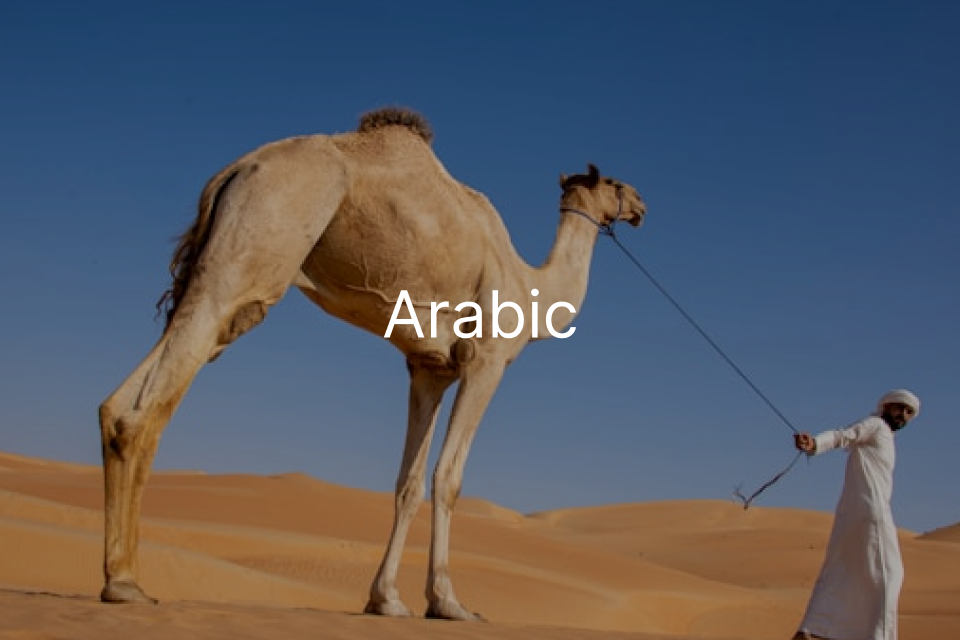
Mit über 400 Millionen Sprechern, einer reichen Geschichte und einer einzigartigen Struktur ist Arabisch eine der einflussreichsten Sprachen der Welt. Von ihren poetischen Ursprüngen bis hin zu ihren modernen Dialekten und den KI-Tools, die diese verbinden, bietet dieser Leitfaden eine klare und fesselnde Erkundung für Lernende und Neugierige gleichermaßen.
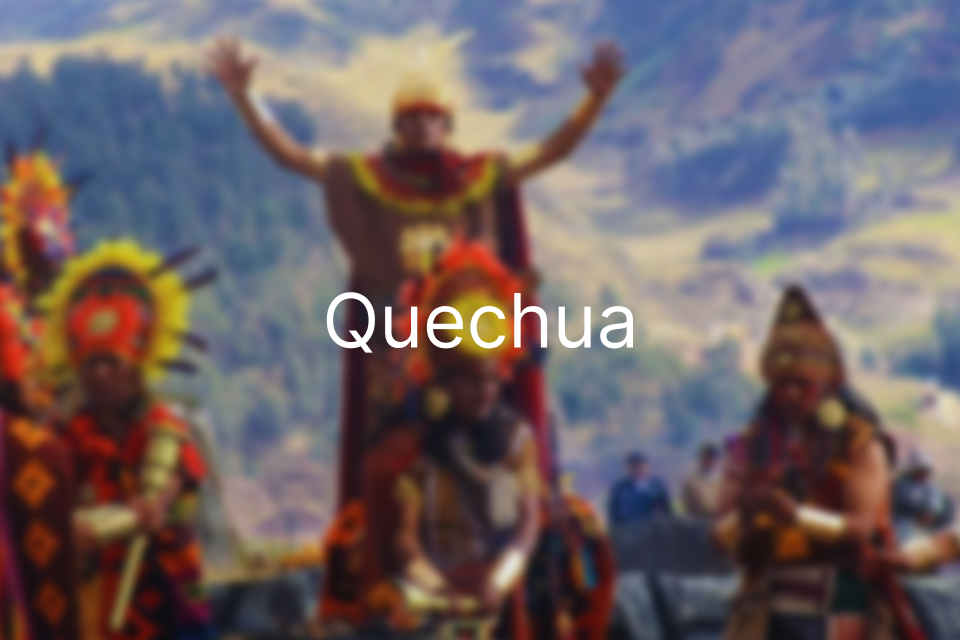
Quechua ist eine Sprache, die in Peru, Bolivien, Ecuador und in geringerem Maße in Kolumbien, Argentinien und Chile gesprochen wird. Sie ist ein lebendiges Zeugnis der Geschichte und Widerstandsfähigkeit der indigenen Kulturen der Anden.
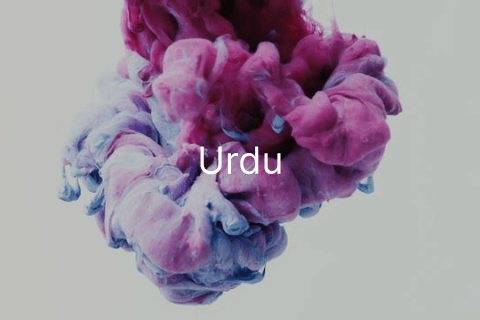
Urdu, eine lebendige Sprache, die in Pakistan und Indien gesprochen wird, ist eine faszinierende Mischung aus persischen und arabischen Einflüssen. Dieser Leitfaden untersucht ihre Geschichte, Schrift, Phonologie, Grammatik und kulturelle Bedeutung und bietet eine umfassende Einführung für Lernende und neugierige Leser.
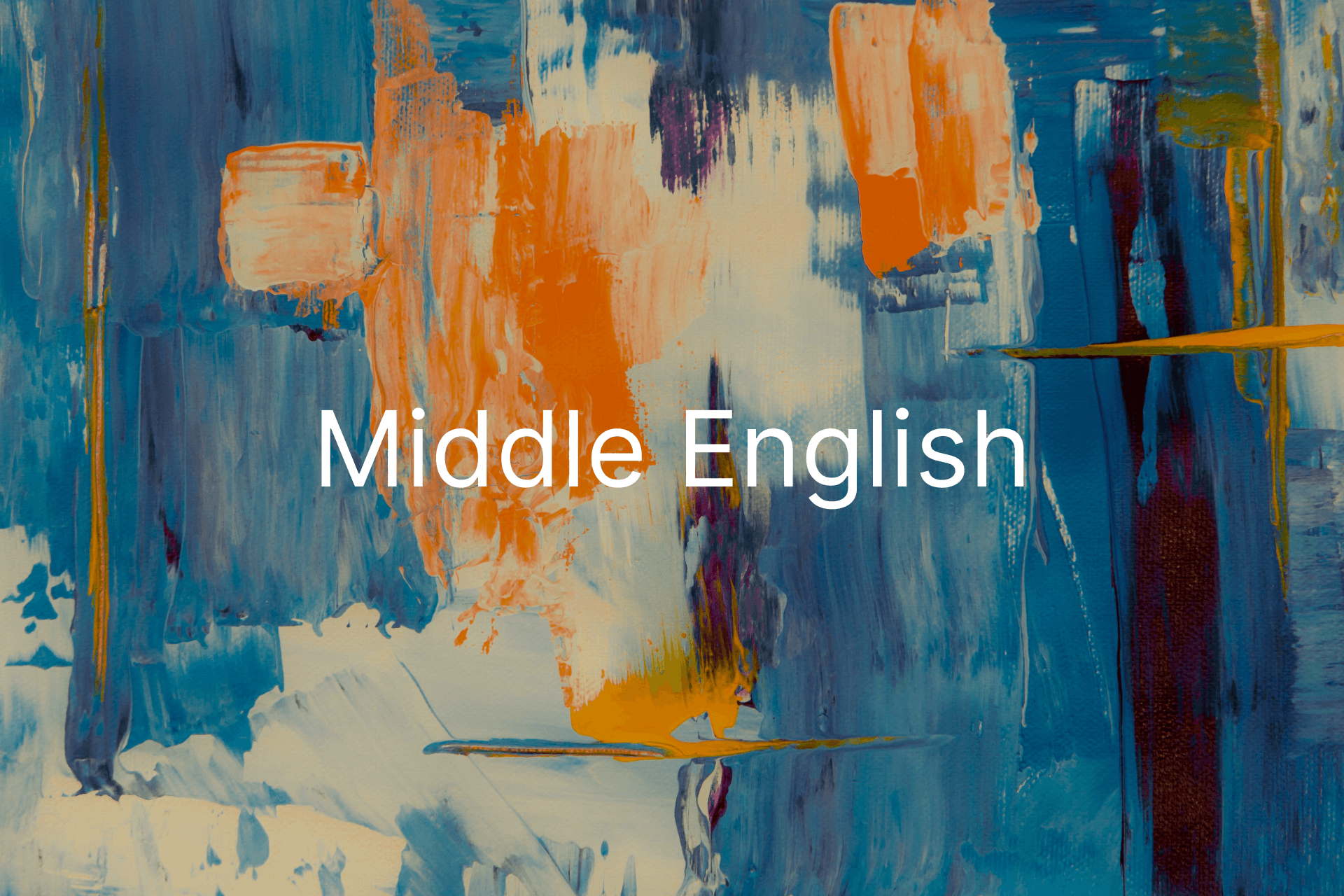
Willkommen in der faszinierenden Welt des Mittelenglischen, der Form der englischen Sprache, die etwa von 1100 bis 1500 gesprochen wurde. Diese entscheidende Periode, die das Hoch- und Spätmittelalter umspannte, erlebte, wie sich Englisch von dem stark flektierten Altenglisch des Beowulf-Epos in eine Sprache verwandelte, die bereits erkennbar näher an dem liegt, was wir heute sprechen. In diesem umfassenden Leitfaden werden wir untersuchen, was Mittelenglisch ist, seinen reichen historischen Kontext, die charakteristischen sprachlichen Merkmale, wichtige literarische Errungenschaften und praktische Strategien zum Lesen dieser Sprache. Sie haben auch die Möglichkeit, Ihr Verständnis mit einem interaktiven Quiz zu testen und Ressourcen zu entdecken, die Ihnen helfen, schwierige Passagen zu bewältigen.
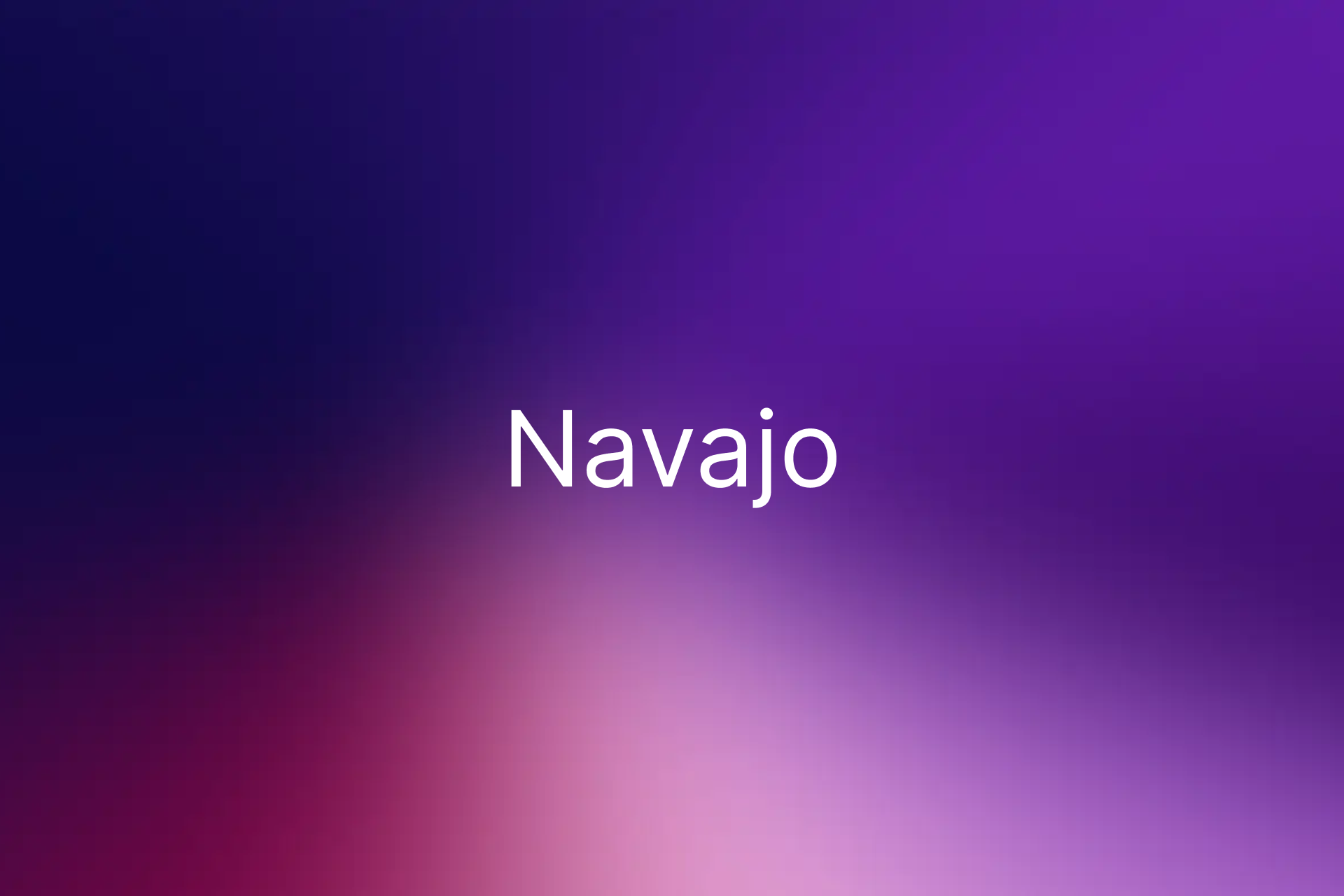
Die Navajo-Sprache, bekannt als Diné Bizaad, ist ein Eckpfeiler der Navajo-Kultur und eine der am weitesten verbreiteten indigenen Sprachen der USA mit etwa 170.000 Sprechern im Jahr 2025. Diese südathapaskische Sprache, die im Südwesten der Navajo Nation verwurzelt ist, ist sowohl ein linguistisches Wunder als auch ein kultureller Schatz. Allerdings ist sie aufgrund des abnehmenden Gebrauchs unter jüngeren Generationen gefährdet. Dieser umfassende Leitfaden beleuchtet die sprachlichen Merkmale, die kulturelle Bedeutung, aktuelle Herausforderungen und Erhaltungsbemühungen der Sprache und bietet den Lesern eine fesselnde Reise, angereichert mit interaktiven Elementen und autoritativen Ressourcen, einschließlich Tools wie OpenL Translate, um Navajo weiter zu erkunden.
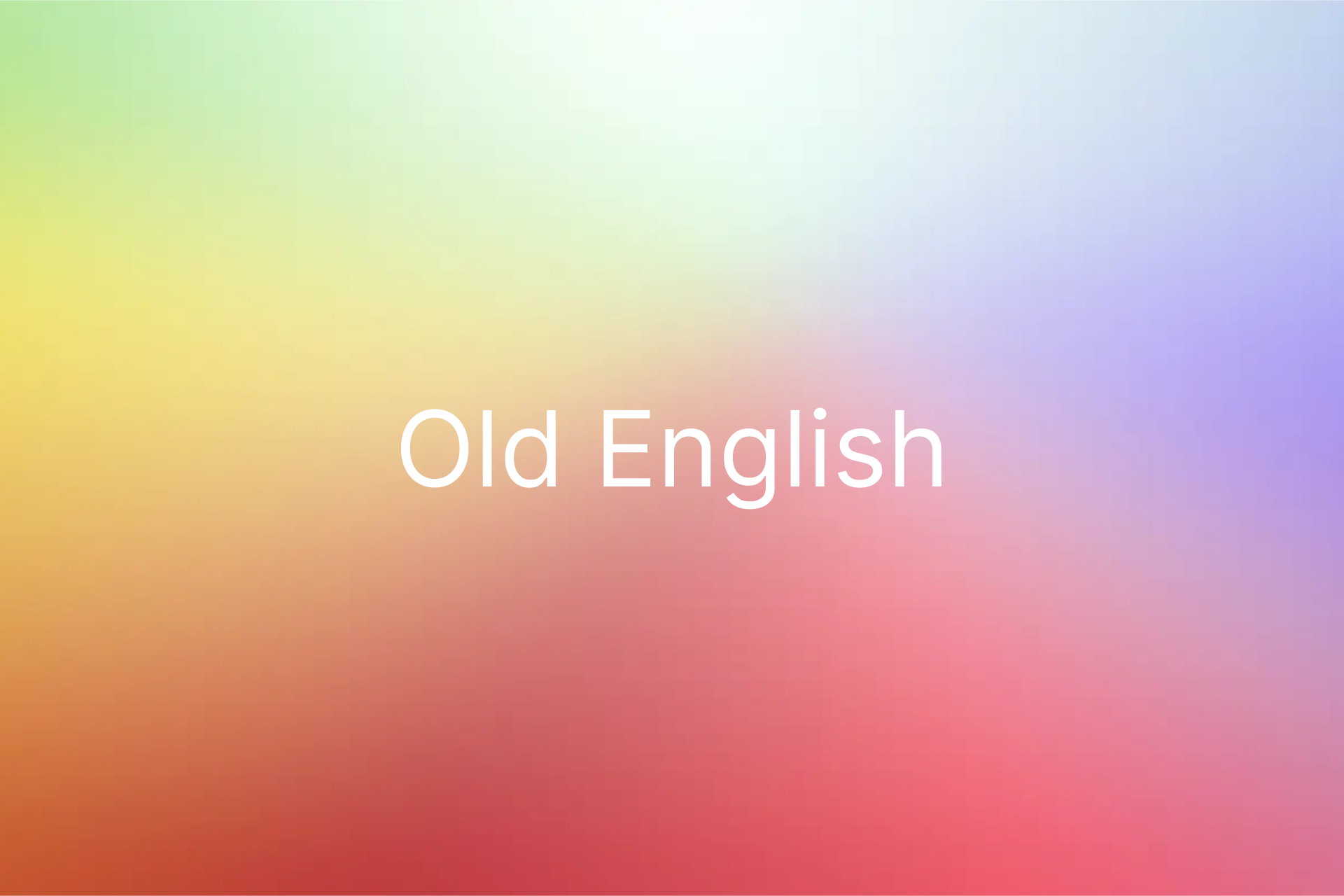
Altenglisch, auch bekannt als Angelsächsisch, ist die früheste Form der englischen Sprache, die von etwa 450 bis 1150 n. Chr. in England und im südöstlichen Schottland gesprochen wurde. Durch angelsächsische Siedler eingeführt, handelt es sich um eine germanische Sprache mit lateinischen und altnordischen Einflüssen. Ihre komplexe Grammatik und einzigartige Wortwahl unterscheiden sie deutlich vom modernen Englisch. Bedeutende Werke wie Beowulf bieten einen Einblick in die angelsächsische Kultur.